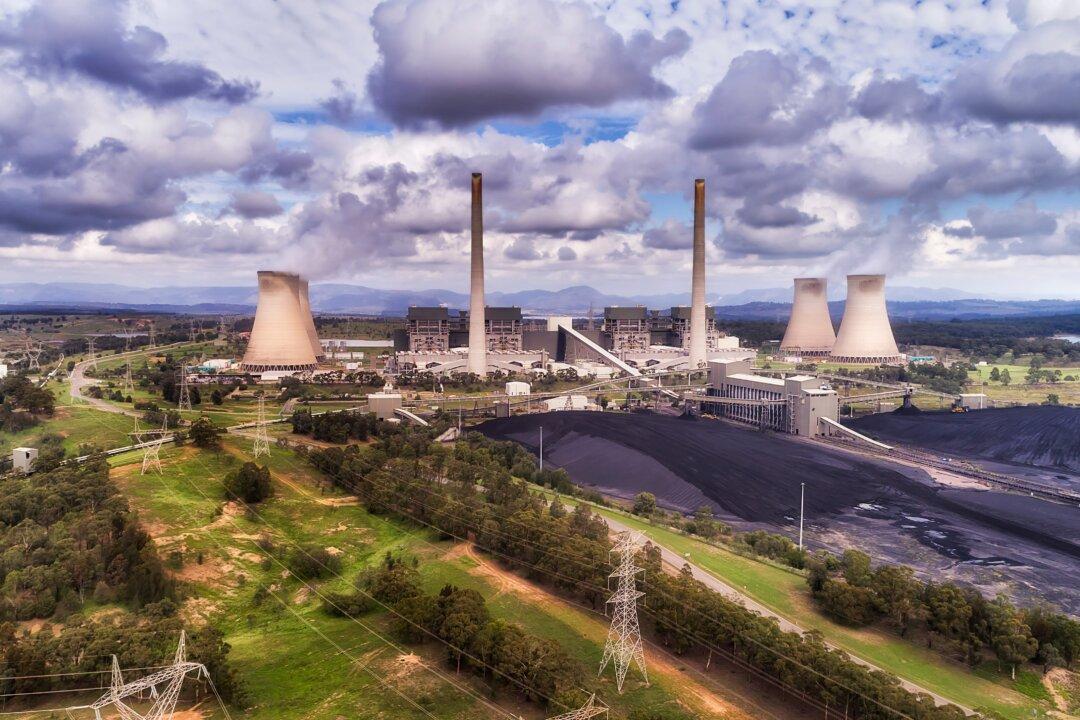Victoria’s biggest power plant will be shut down by mid-2035 instead of the mid-2040s, up to a decade earlier than planned, as its owner transitions to renewable energy.
Energy giant AGL Energy said the early closure of its coal-fired generation Loy Yang A, which locates in Latrobe Valley in the Southeast of Melbourne, will avoid up to “200 million tonnes of greenhouse gases” compared to the previous closure date.




